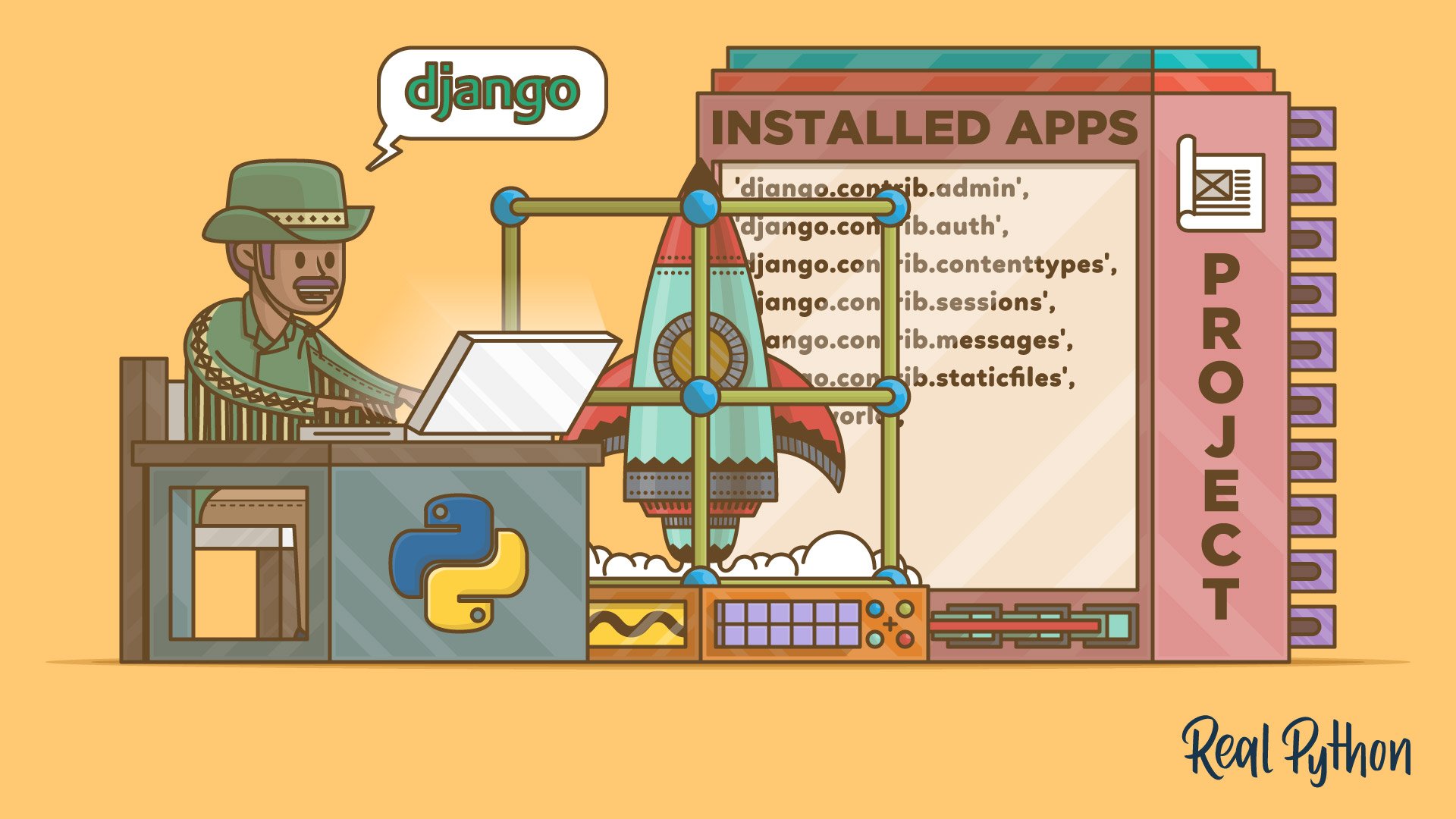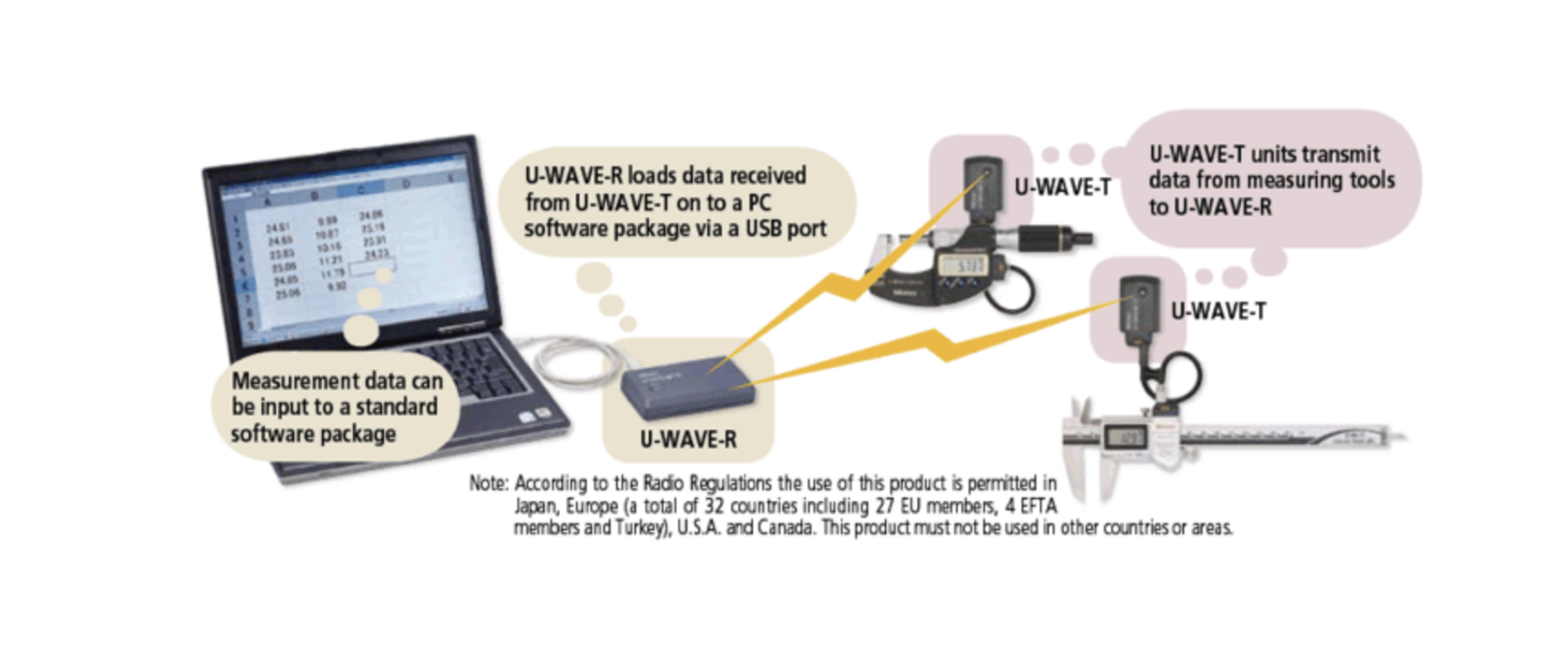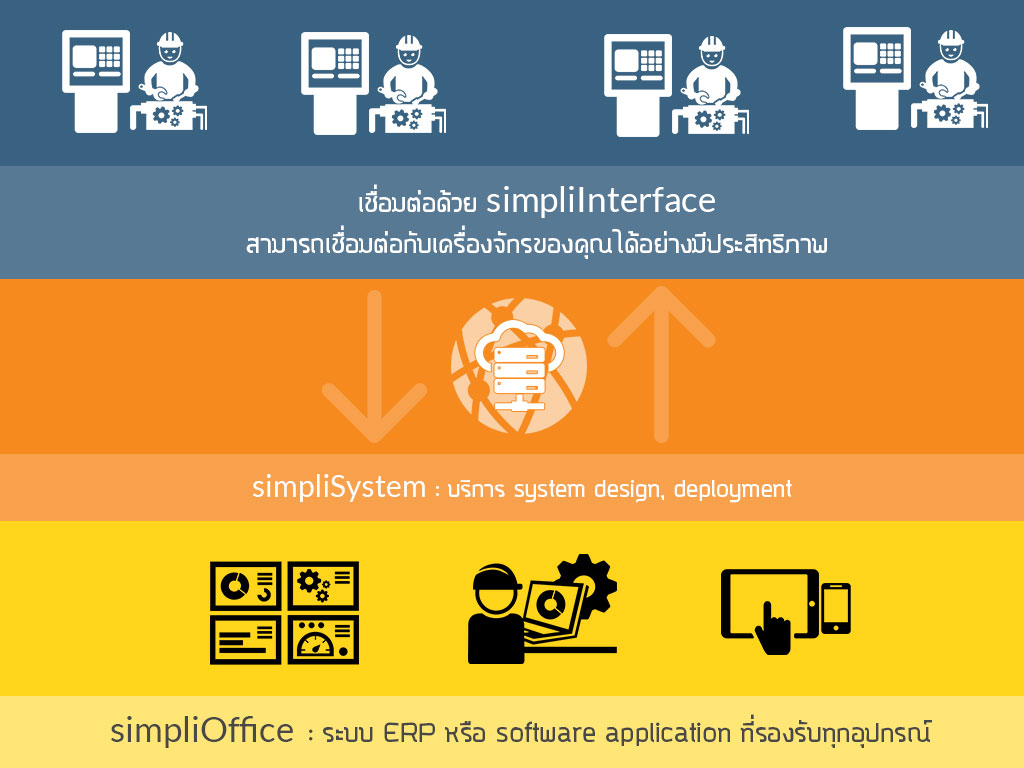Creating a Chatbot with Rasa to Support Japanese for Big Camera Sales
This guide will walk you through the steps to create a Rasa-based chatbot that supports Japanese and is tailored for managing a big camera sale.
Step 1: Install Rasa
Ensure you have Python installed, then install Rasa using pip:
pip install rasaStep 2: Initialize a New Rasa Project
Create a new Rasa project:
rasa init --no-promptThis will generate a default project structure.
Step 3: Add Japanese Language Support
Modify the config.yml file to add support for Japanese. Use a tokenizer and pipeline that handles Japanese effectively. For example:
language: ja
pipeline:
- name: "JiebaTokenizer"
- name: "RegexFeaturizer"
- name: "LexicalSyntacticFeaturizer"
- name: "CountVectorsFeaturizer"
analyzer: "word"
- name: "CountVectorsFeaturizer"
analyzer: "char_wb"
min_ngram: 1
max_ngram: 4
- name: "DIETClassifier"
epochs: 100
- name: "EntitySynonymMapper"
- name: "ResponseSelector"
epochs: 100
- name: "FallbackClassifier"
threshold: 0.3Step 4: Define Intents and Responses
In the domain.yml file, define intents and responses related to the camera sale. For example:
intents:
- greet
- ask_discount
- ask_camera_features
- check_stock
- thank_you
responses:
utter_greet:
- text: こんにちは! カメラセールチャットへようこそ!
utter_ask_discount:
- text: このカメラは今だけ特別価格で提供されています! ご興味のあるモデルはありますか?
utter_ask_camera_features:
- text: ご希望のカメラの特徴をお知らせください:高画質?ズームレンズ?列挙しますので、お使いになる方法を教えてください!
utter_check_stock:
- text: ご希望のモデルをお知らせください。在庫状況を確認します。
utter_thank_you:
- text: ありがとうございます! ご問題があれば、ご不明な点をご訪問ください。Step 5: Create Training Data
In data/nlu.yml, add training examples in Japanese:
version: "3.0"
nlu:
- intent: greet
examples: |
- こんにちは
- ハロー
- intent: ask_discount
examples: |
- 何か特別価格の商品はありますか?
- 値引はありますか?
- intent: ask_camera_features
examples: |
- このカメラはどんな特徴がありますか?
- 高画質のカメラはどれですか?
- intent: check_stock
examples: |
- このカメラの在庫はありますか?
- 在庫状況を教えてください。
- intent: thank_you
examples: |
- ありがとう
- せんきゅうStep 6: Create Custom Actions
Create a custom action for checking stock. In actions/actions.py, define the action:
from typing import Any, Text, Dict, List
from rasa_sdk import Action, Tracker
from rasa_sdk.executor import CollectingDispatcher
class ActionCheckStock(Action):
def name(self) -> Text:
return "action_check_stock"
def run(self, dispatcher: CollectingDispatcher,
tracker: Tracker,
domain: Dict[Text, Any]) -> List[Dict[Text, Any]]:
# Example stock data
stock_data = {
"camera_x": "在庫あり",
"camera_y": "在庫なし",
}
model = tracker.get_slot("camera_model")
if model in stock_data:
stock_status = stock_data[model]
response = f"モデル {model} の在庫状況: {stock_status}"
else:
response = "指定されたモデルは見つかりませんでした。"
dispatcher.utter_message(text=response)
return []Update the domain.yml file to include the custom action and a slot for the camera model:
actions:
- action_check_stock
slots:
camera_model:
type: textUpdate the utter_check_stock response to prompt the user for the camera model if it's not provided:
responses:
utter_check_stock:
- text: ご希望のモデル名を教えてください。Step 7: Update Stories
In data/stories.yml, update the story for checking stock:
version: "3.0"
stories:
- story: Check Stock
steps:
- intent: check_stock
- action: utter_check_stock
- slot_was_set:
- camera_model: "camera_x"
- action: action_check_stockStep 8: Test Your Chatbot
Run your chatbot using:
rasa train
rasa shellTest your chatbot by entering sample inputs in Japanese.
Step 9: Deploy the Chatbot
For deployment, consider using Rasa X or integrating with a web interface. Ensure the chatbot is accessible via platforms like your sales website or social media channels.
Step 10: Continuous Improvement
Analyze the chatbot’s performance, refine training data, and improve the model to handle diverse user queries effectively.
Rasa Workflow
Below is a visual representation of the Rasa workflow using MermaidJS:
graph TD
User[User Input] -->|Sends a message| NLU[NLU Pipeline]
NLU -->|Classifies Intent and Entities| Core[Rasa Core]
Core -->|Follows Policies| Action[Action Server]
Action -->|Executes Custom Actions or Responses| Bot[Bot Response]
Bot -->|Replies to User| User
subgraph Rasa System
NLU
Core
Action
endBy following these steps, you can create a Japanese-supporting Rasa chatbot specifically designed for managing and promoting a big camera sale.
Get in Touch with us
Related Posts
- Supercharge Your Chatbot: Custom API Integration Services for Your Business
- How to Guess an Equation Without Math: Exploring Cat vs. Bird Populations
- How to Build an AI-Resistant Project: Ideas That Thrive on Human Interaction
- Build Your Own Cybersecurity Lab with GNS3 + Wazuh + Docker: Train, Detect, and Defend in One Platform
- How to Simulate and Train with Network Devices Using GNS3
- What Is an LMS? And Why You Should Pay Attention to Frappe LMS
- Agentic AI in Factories: Smarter, Faster, and More Autonomous Operations
- Smarter, Safer EV Fleets: Geo-Fencing and Real-Time Tracking for Electric Motorcycles
- How to Implement Google Single Sign-On (SSO) in FastAPI
- Build Your Own Taxi Booking App with Simplico: Scalable, Secure & Ready to Launch
- Building a Scalable EV Charging Backend — For Operators, Developers, and Innovators
- How to Handle Complex Pricing for Made-to-Order Products in Odoo
- How to Build a Made-to-Order Product System That Boosts Sales & Customer Satisfaction
- Transform Your Operations with Autonomous Agentic AI
- Streamline Fiber Tester Management with a Lightweight EXFO Admin Panel
- Enhancing Naval Mission Readiness with EMI Simulation: Cost-Effective Risk Reduction Using MEEP and Python
- Strengthen Your Cybersecurity Posture with Wazuh: A Scalable, Cost-Effective SIEM Solution
- OCPP Central System + Mobile App — Customer Proposal
- How TAK Systems Are Transforming Border Security
- ChatGPT-4o vs GPT-4.1 vs GPT-4.5: Which Model Is Best for You?














